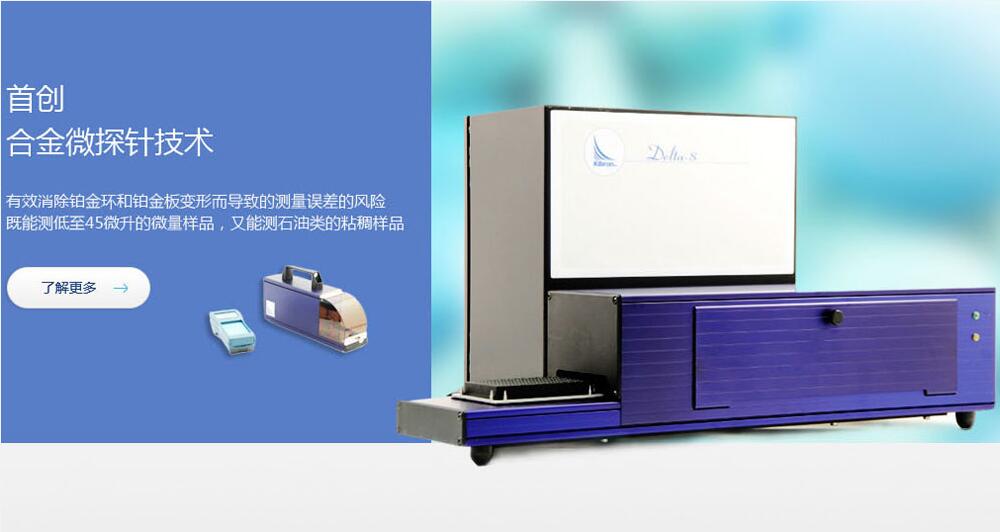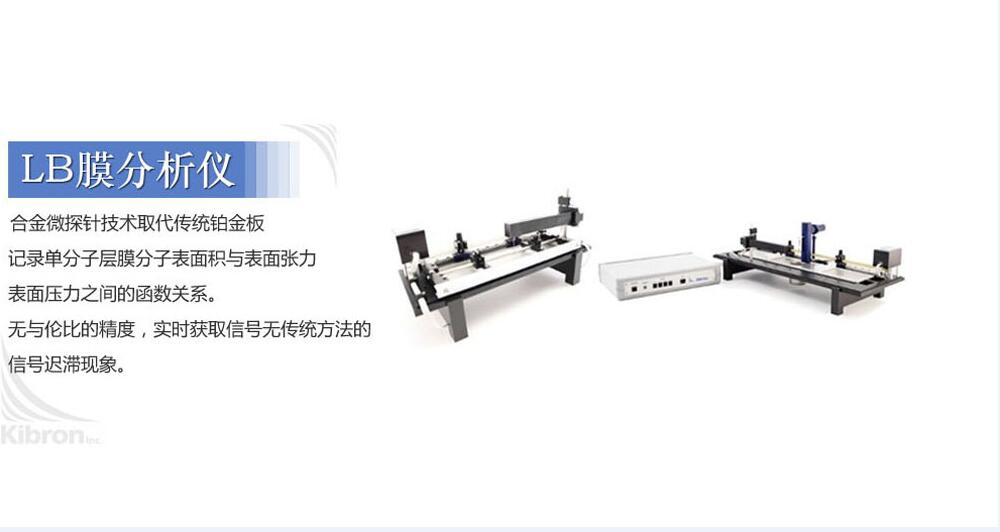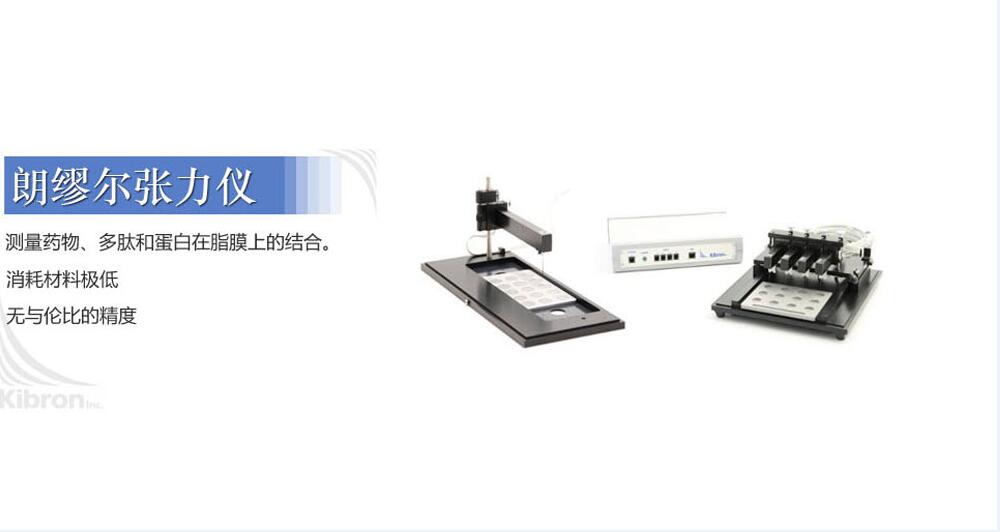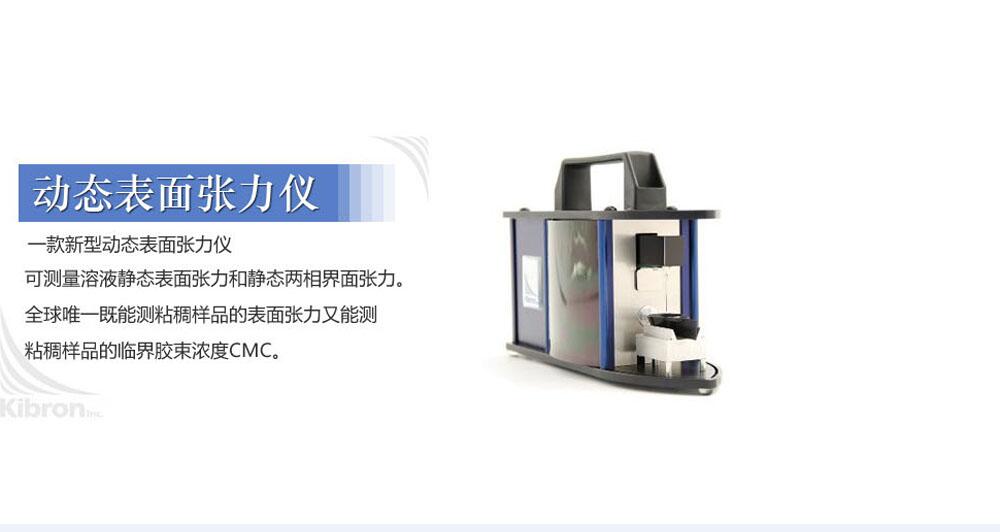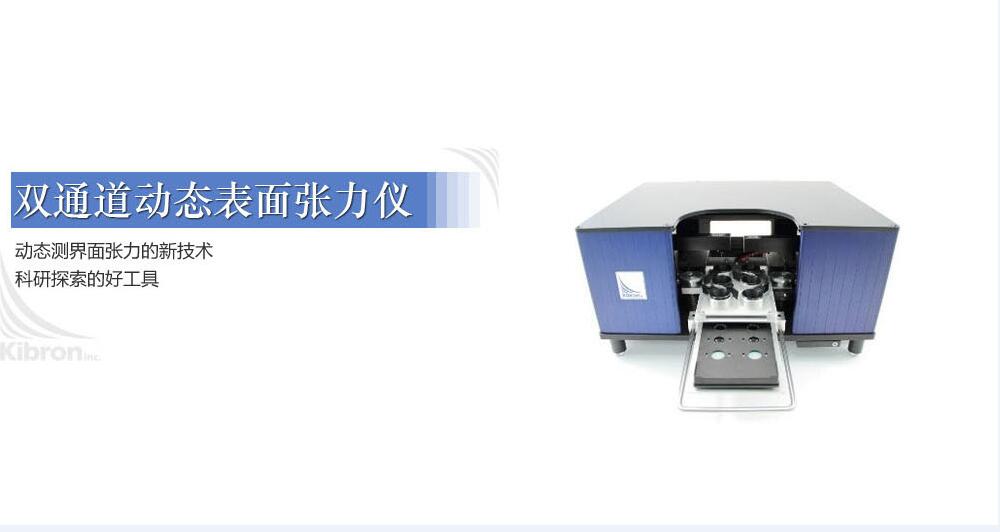合作客户/
拜耳公司 |
同济大学 |
联合大学 |
美国保洁 |
美国强生 |
瑞士罗氏 |
相关新闻Info
-
> 振荡频率、浓度、油相、界面张力对阴离子表面活性剂HABS和PS界面模量的影响(三)
> 表面张力仪测试添加消泡剂后起泡液、水性丙烯酸胶黏剂的变化(一)
> 超微量天平和电子天平的区别,电子天平的测量范围与选择
> 助剂临界胶束浓度对芒果细菌性角斑病防治药剂表面张力的影响(二)
> LB膜技术制备纳米薄膜保护锂电池极片的方法【发明方案】
> 噻吨酮光敏剂体系:光电转换与显色特性的深度解析
> 3种增效剂对灭草松AS、草铵膦AS、高效氟吡甲禾灵EC增效作用及表面张力影响(三)
> 不同种类与浓度的无机盐氯化物对麦胚脂肪酶油-水界面特性的影响(二)
> 不同PQAI溶液静态/动态表面张力变化及对脉动热管性能影响(一)
> 毛细现象及润湿作用机理相关解释
推荐新闻Info
-
> 烷基糖苷表面活性剂界面张力与润湿性相关性研究(二)
> 烷基糖苷表面活性剂界面张力与润湿性相关性研究(一)
> 嵌段比例对温敏聚合物表面张力的影响及临界胶束浓度分析(五)
> 嵌段比例对温敏聚合物表面张力的影响及临界胶束浓度分析(四)
> 利用表面张力优化浮选工艺:调整剂AY在石英-胶磷矿分离中的活性调控(二)
> 利用表面张力优化浮选工艺:调整剂AY在石英-胶磷矿分离中的活性调控(一)
> 嵌段比例对温敏聚合物表面张力的影响及临界胶束浓度分析(三)
> 嵌段比例对温敏聚合物表面张力的影响及临界胶束浓度分析(二)
> 嵌段比例对温敏聚合物表面张力的影响及临界胶束浓度分析(一)
> 温度和碳碳双键数对脂肪酸酯表面张力的影响(二)
表面活性剂是否对斥水性土壤的润湿性有影响?——结论、致谢!
来源:上海谓载 浏览 1846 次 发布时间:2021-11-09
结论
不像人工创造的稳定的驱虫表面或多孔 介质,拒水土壤表现出润湿动力学,由此 最初疏水的土壤随着时间的推移变得亲水 与水接触时。 初始润湿动力学 排斥土壤通常归因于 固液界面能 (γSL),或液汽界面能 (γLV) 的降低,或两者兼而有之。 γLV 的减少 建议是由于土壤表面溶解 活性有机化合物进入与水接触的水中 土壤。 在这项研究中,我们测试了土传表面的影响 润湿动力学的活性物质,并发现,与广为接受的范式相反,土壤释放表面 活性化合物不会加速润湿过程。 因此很明显,固体界面能的变化 表面(γSL 或 γSV),而不是液汽 表面 (γLV) 必须在驱动不稳定排斥性土壤的润湿动力学方面起主导作用。
致谢
本研究由以色列农业部资助 和农村发展,资助号 821-0088-04。
参考
Barrett, G. & Slaymaker, O. 1989. Identification, characterization, and hydrological implications of water repellency in mountain soils, southern British-Columbia. Catena, 16, 477–489.
Bisdom, E.B.A., Dekker, L.W. & Schoute, J.F.T. 1993. Water repellency of sieve fractions from sandy soils and relationships with organic material and soil structure. Geoderma, 56, 105–118.
Chen, Y. & Schnitzer, M. 1978. Surface-tension of aqueous-solutions of soil humic substances. Soil Science, 125, 7–15.
Dekker, L.W., Oostindie, K. & Ritsema, C.J. 2005. Exponential increase of publications related to soil water repellency. Australian Journal of Soil Research, 43, 403–441.
Dinar, E., Taraniuk, I., Graber, E.R., Katsman, S., Moise, T., Anttila, T. et al. 2006. Cloud condensation nuclei properties of model and atmospheric HULIS. Atmospheric Chemistry and Physics, 6, 2465–2481.
Doerr, S.H., Shakesby, R.A. & Walsh, R.P.D. 2000. Soil water repellency: its causes, characteristics and hydro-geomorphological significance. Earth-Science Reviews, 51, 33–65.
Doerr, S.H., Dekker, L.W., Ritsema, C.J., Shakesby, R.A. & Bryant, R. 2002. Water repellency of soils: the influence of ambient relative humidity. Soil Science Society of America Journal, 66, 401–405.
Ellerbrock, R.H., Gerke, H.H., Bachmann, J. & Goebel, M.O. 2005. Composition of organic matter fractions for explaining wettability of three forest soils. Soil Science Society of America Journal, 69, 57–66.
Feng, G.L., Letey, J. & Wu, L. 2002. The influence of two surfactants on infiltration into a water-repellent soil. Soil Science Society of America Journal, 66, 361–367.
Gee, G.W. & Bauder, J.W. 1986. Particle-size analysis. In: Methods of Soil Analysis. Part 1. Monograph No 9 (ed. A. Klute), pp. 383–411.
American Society of Agronomy, Madison, WI. Graber, E.R., Ben-Arie, O. & Wallach, R. 2006. Effect of sample disturbance on soil water repellency determination in sandy soils. Geoderma, 136, 11–19.
Hurrass, J. & Schaumann, G.E. 2006. Properties of soil organic matter and aqueous extracts of actually water repellent and wettable soil samples. Geoderma, 132, 222–239.
Letey, J. 1969. Measurement of contact angle, water drop penetration time, and critical surface tension. In: Proceedings of the Symposium on Water Repellent Soils 6–8 May 1968 (eds L.F. DeBano & J.F. Letey), pp. 43–47. University of California, Riverside, CA. Letey, J., Carrillo, M.L.K. & Pang, X.P. 2000. Approaches to characterize the degree of water repellency. Journal of Hydrology, 231–232, 61–65.
Ma'shum, M. & Farmer, V.C. 1985. Origin and assessment of water repellency of a sandy South Australian soil. Australian Journal of Soil Research, 23, 623–626.
Roy, J.L. & McGill, W.B. 2002. Assessing soil water repellency using the molarity of ethanol droplet (MED) test. Soil Science, 167, 83–97.
Tschapek, M. 1984. Criteria for determining the hydrophilicityhydrophobicity of soils. Zeitschrift fu¨r Pflanzenerna¨hrung und Bodenkunde, 147, 137–149.
Walkley, A. & Black, I.A. 1934. An examination of the Degtjareff method for determining soil organic matter and a proposed modifi- cation of the chromic acid titration method. Soil Science, 37, 29–38. Wallach, R. & Graber, E.R. 2007. Effluent irrigation-induced soil water repellency: time dependent variation of infiltration rate and of water repellency at different levels of ambient relative humidity. Hydrological Processes, 21, 2346–2355.
Wallach, R., Ben-Arie, O. & Graber, E.R. 2005. Soil water repellency induced by long-term irrigation with treated sewage effluent. Journal of Environmental Quality, 34, 1910–1920.
Wallis, M.G. & Horne, D.J. 1992. Soil water repellency. Advances in Soil Science, 20, 91–140.
